[ninety + candlelight] Sunshine Sidama, the world's top boutique coffee brand ninety + selection
Professional barista communication, please pay attention to coffee workshop (Weixin Official Accounts cafe_style)
ETHIOPIA,SIDAMO,Drima Zede
solarizedama
Ninety + Candles
Country: Ethiopia
Production area: 90+SNNP, Sidama
Elevation: 1750-2000 m
Treatment: Natural Process
Category: Ethiopian Heirloom
Light Roast
Wind: floral, nectarine, tropical fruit, blackberry, blueberry, plum, cream, cinnamon
Acidity: medium to high
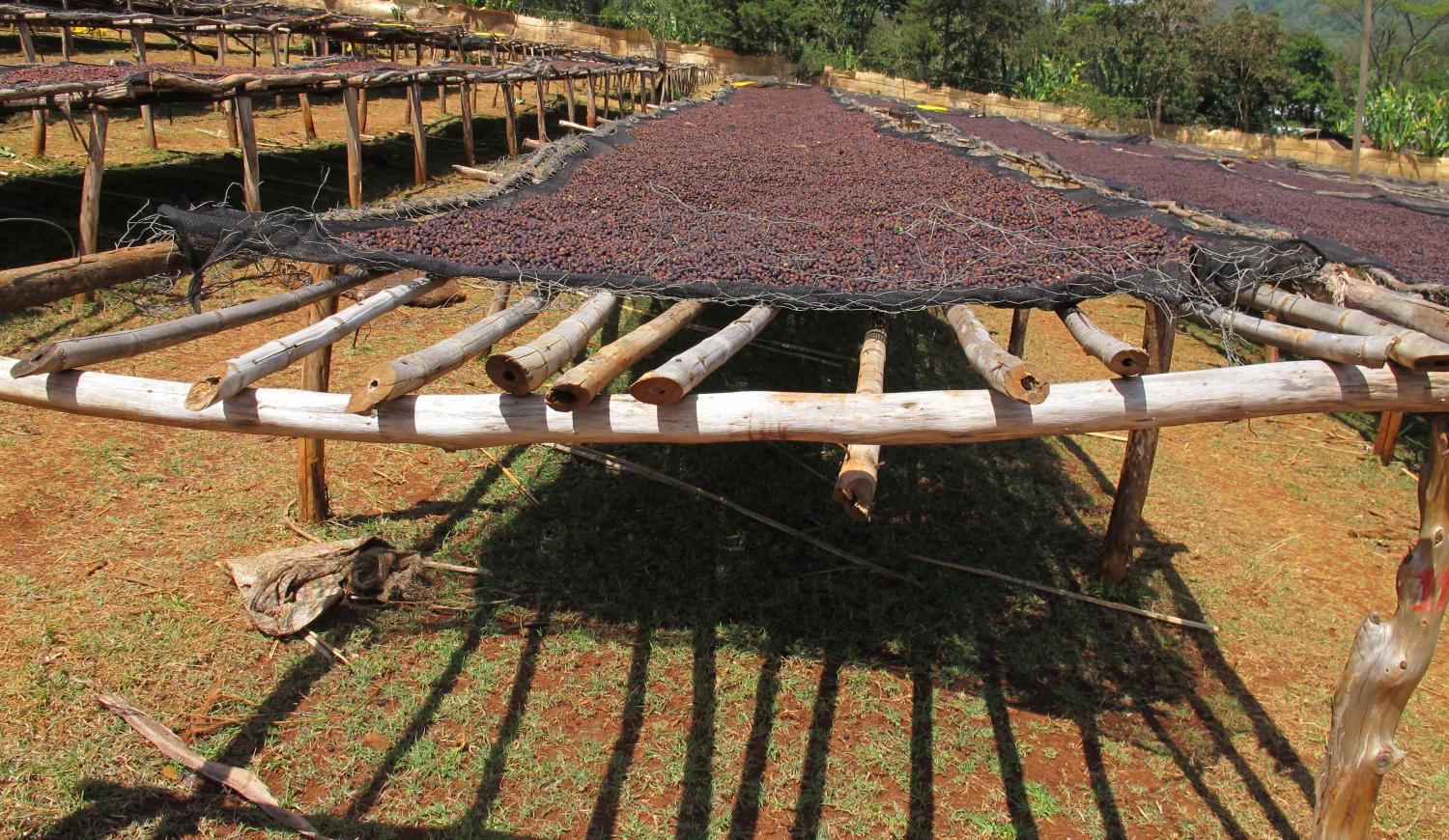
| 01 | production area profile |
Growing in the southernmost Ethiopian plateau between 4600 and 7200 feet above sea level (Sidamo province), Sidamo is a famous boutique coffee area in southern Ethiopia, bordering Kenya, southeast of Gemma, just south of the capital, usually sweet and preferred by most people, with an annual production of about 225000 bags / 60kg.
The coffee in Sidamo has a variety of flavors. Different soil types, microclimates and countless native coffee species, towering mountains, highlands, plateaus, valleys and plains, diverse topography, and the geology of the area belongs to nutrient-rich, well-drained volcanic soil. the depth of the soil is nearly two meters, and the surface soil is dark brown or brown. The biggest advantage of the area is that the soil fertility is maintained through the circulation of organic matter, using the withered leaves of the surrounding trees or the residual roots of the plants as fertilizer.
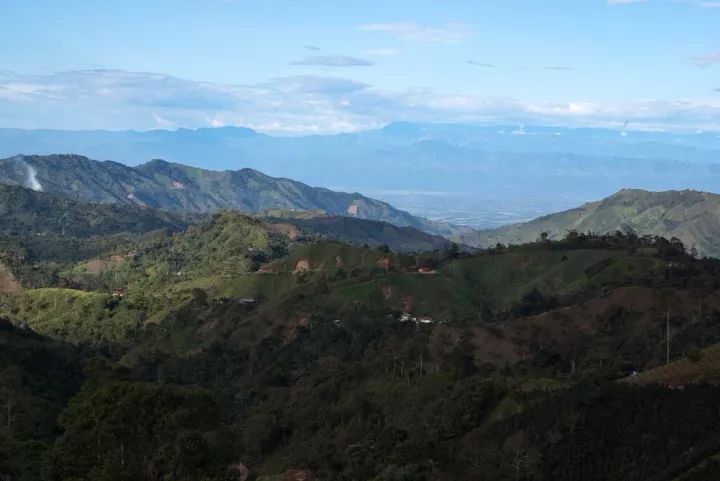
Ninety + what on earth are 90 + coffee beans?
Ninety Plus Coffee, a boutique coffee supplier from the United States, was founded in 2006
"90 +" does not refer to all coffee with a score of more than 90. Good coffee, one year, one year. Sometimes haunt different manors, but also have different taste characteristics. "90 +" refers to a top range of coffee with 13 flavors. These coffees only come from Ninety Plus Coffee, the creator of American boutique coffee. They are all old varieties of Ethiopian heirloom (Heirloom). After being cultivated in the ecological environment, they are processed according to the standard of works of art to optimize their taste.
The processing process is the specialty of 90 +, will separate these coffee according to variety, microclimate, fresh time one by one, taste one by one, specially design the processing method for each taste, achieve a kind of taste characteristic, just like the big brand design, study attentively, spend painstaking efforts to complete a handicraft that is close to art. Natural products go through a lot of refinement and improvement, and finally reach the most beautiful posture to present the content to everyone.

Ninety + Ninety Plus Coffee founder Joseph Brodsky
Since 2006, Joseph Brodsky, founder of Ninety Plus, has decided to change the deep-rooted commercial coffee growing model. Ninety Plus sees an opportunity to grow Ethiopian heirlooms that love shade and delicacy while growing tropical land, while creating a new model to inspire and improve the quality of life of its coffee growers.
The Ninety Plus team currently owns and / or operates more than 1500 hectares of coffee forest restoration projects in Panama and Ethiopia and has established an international brand to promote the success of a taste-driven model for an ecologically and socially oriented agricultural economy.
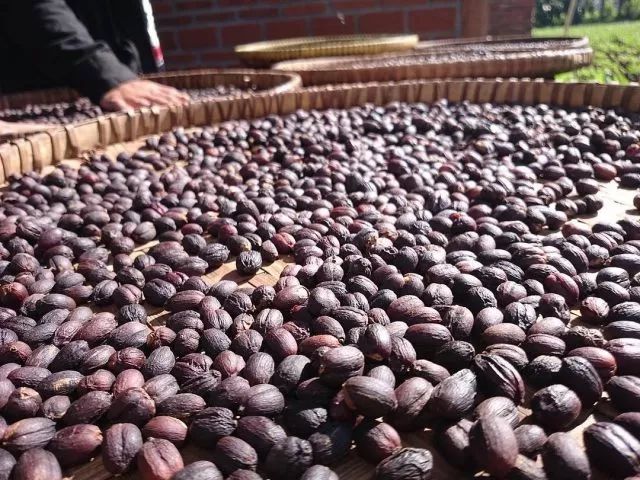
90 + 90 + Profile Processing processing mode
However, as coffee gradually moved towards the high-price boutique market, 90+ took the lead in establishing its own raw bean production system-Profile Processing, and in order to ensure quality, 90+ adopted a cooperative model with local manors, from planting, sampling, harvesting to subsequent treatment and cup testing. 90 + exclusive Profile Processing ensures that each coffee bean has a unique and stable flavor trend and quality, while 90 + coffee is unique in the market with the marketing method like high-end red wine.
At the beginning, the 90 + company only bought the most wonderful coffee cherries from Ethiopian coffee farmers, and started with the best ready-made beans, so there were 90 + representative beans: Aricha and Beloya, which became famous in the first world war, but the experimental results were already astonishing, and the whole boutique coffee circle was shocked by the rich fruit flavor and high texture.
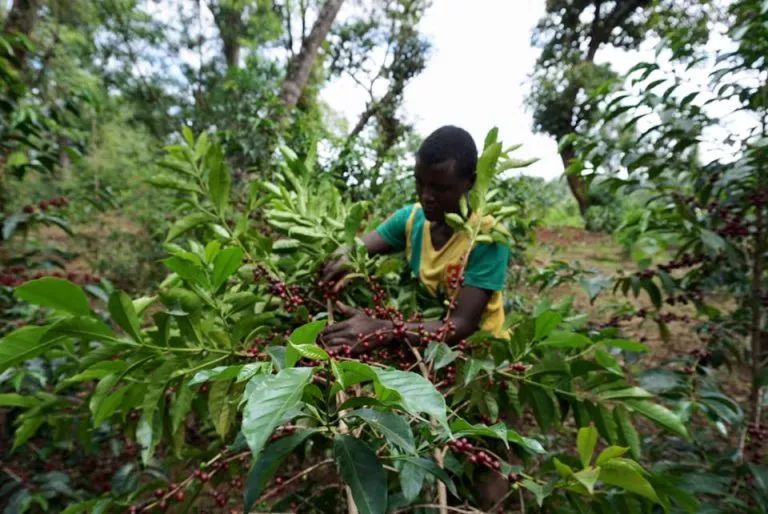
Profile Processing simply means to extend the scope of management upstream, from the varieties, producing areas, climate, planting methods, harvesting and treatment methods of coffee farmers. If you control all of them, you can produce super-high-quality coffee beans according to your own preferences. The reason why the Profile Processing system is so powerful is that it has the technology to control flavor performance in hand, so it can plan and set the highest standards and surpass the general raw bean merchants' chance to select and buy raw beans. The quality exceeding the standard is not luck, but the average standard. This is also the core value that 90 + companies have always adhered to.
In the new production season, the original L grading system may be abolished (the original L7\ L12\ L39\ L139), while the division of products and product lines will be divided by a more significant taste. The product line is divided into four series: NinetyPlus Ethiopia, NinetyPlus Panama, Ninety Levelup, NinetyPlus Limited

90 + beans and the general habit of boutique beans in a completely different way of naming, there will not be the name of the producing area and manor, each bean is named according to flavor. Candles, for example, mean "best approach" in the local dialect. Starting with a concept of flavor, then naming it, and then starting the choice of producing areas and cooperative farms, it can be seen that 90 is a brand with boutique management style.
02 | processing method
High-shelf suntan method
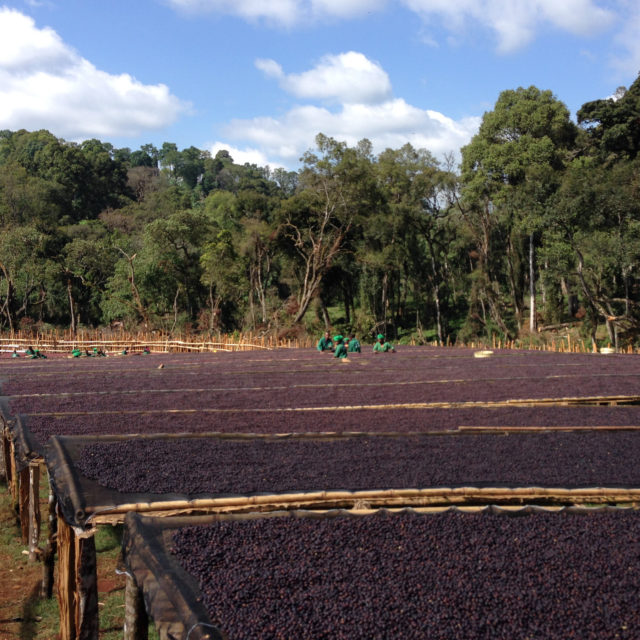
Drima Zede (candle candle) means "Best Approach" in the local dialect. According to the information provided by the original factory, this Yega Xuefei is a series of tailor-made products based on 90 + years of experience. With the support of 90 + technology, Drima Zede only selects the most mature coffee cherries by hand, and the sun drying process takes pains to keep stirring to ensure uniformity. The end result is a very transparent and pure taste, hot and cold varies greatly, and the aromas of fruit, flowers and oak are very attractive.
Also known as Ethiopian sun-dried beans, Candlestick has avoided the annoying soil odor and high rate of bad beans in common sun-dried beans after strict regulation and selection. On the contrary, it highlights the glamorous sweetness of the sun treatment.
Candlelight charming fruit tone inherits the charming aroma given by the traditional Egyptian sun, unreservedly expressing round, full, long aftertaste sweetness and just the right fruit acidity. The daily brewing of candles is also quite easy to use, the bean itself is rich in flavor, whether it is fresh dripping or strong siphon cooking, can well show its own flavor.
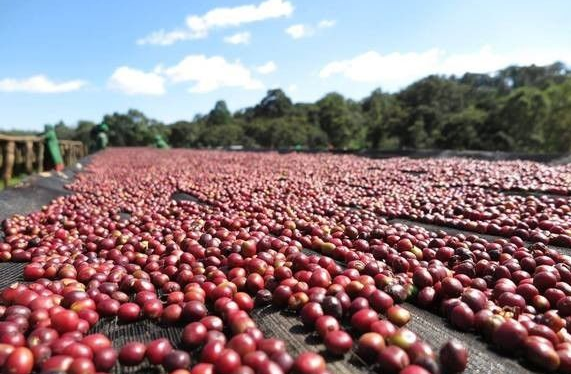
In the past, the Ethiopian sun exposure method used to spread wild coffee fruits directly on the mud ground for exposure. This method has two disadvantages:
1. After picking beans without special screening and treatment, uneven appearance and maturity are mixed together, the process is relatively rough, so the quality of coffee beans is unstable and prone to defective beans.
two。 Coffee farmers usually find an open space near their home to deal with it, so there are often a lot of impurities or dirt on the ground, and coffee is easy to get smelly.
The improved method of tanning, that is, to improve the two shortcomings of the traditional way:
1. When picking beans, only fully ripe crimson coffee cherries are picked. Before exposure, the beans will be screened for defects in the processing plant to make the beans look more average in size and maturity.
two。 Next, use tall wooden frames or whole scaffolding for the sun to avoid the risk of beans smelling on the ground. In the process of exposure, take good care of the beans so that the coffee beans can be evenly exposed to water; every three to five days, coffee workers will manually screen out defective and moldy beans. Therefore, by the end of the exposure, before the beans enter the market to remove the peel and flesh, a bright crimson coffee cherry is already a grade with few defects.
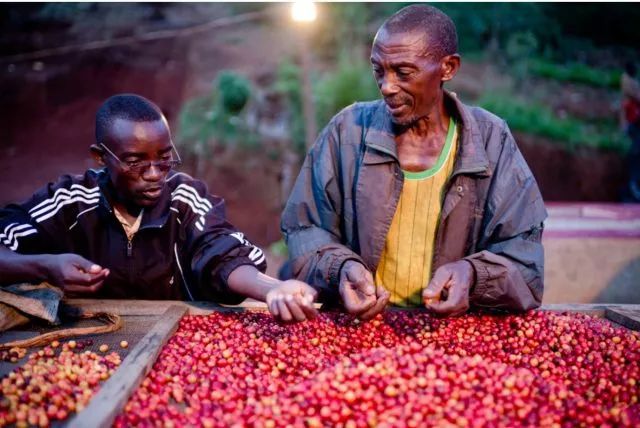
03 |green bean analysis
At Ninety + Farm, pickers pick only red cherries carefully. This is the color of ripe coffee. As coffee matures, sugars develop into the best flavors.
It is vital that workers understand the physical changes that cherries undergo. He told me that if they squeezed the cherries and counted how many drops could escape, they could see how much slime there was. One study found that it could explain 20 percent of the variation in cupping scores, with higher levels of mucus meaning better coffee tasting. More than three drops is a good sign.
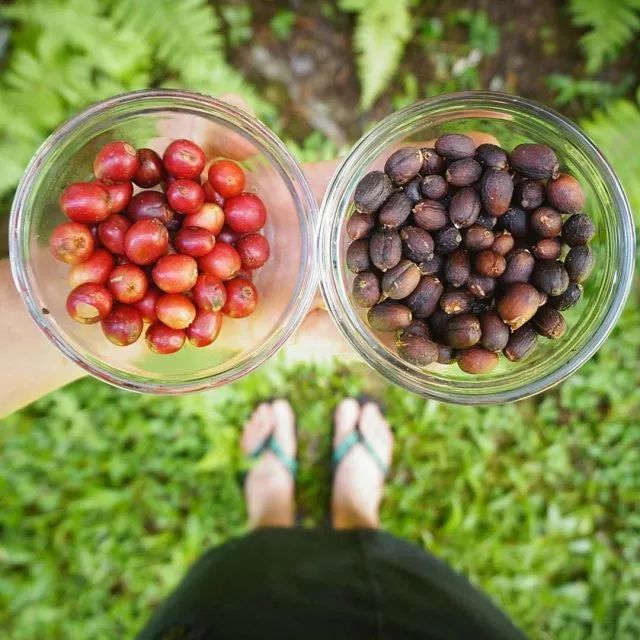
After picking, Carlos and his team measured the weight and density of cherries in an one-liter container. The results were segmented by variety for comparison, and the yield record was kept in the record.
Coffee cherries are manually sorted before and after being placed in the promoted bed. Staff must remove any immature cherries and look for any holes with coffee pulp borer (broca).
The elevated bed allows cherries to be kept on a clean surface, circulates with the wind and helps them dry evenly. The key is to keep the cherries thin and move them regularly to ensure that they are evenly dry.
Drying period:
In the first three days, cherries were exposed to sunshine and cold nights. After the third day, cover them between 12:00 and 2 o'clock, which is the hottest day. It is important to make room on the bed when the coffee is blocked.
After 20-25 days, the coffee reached the ideal water content-10.5% natural coffee, rather than the more common 11-12%. High levels of sugar that still react inside cherries mean that there is a greater risk of overfermentation, he explained.
Check his coffee with a moisture meter. He also recommends measuring humidity at the coldest time of the day to achieve higher accuracy.
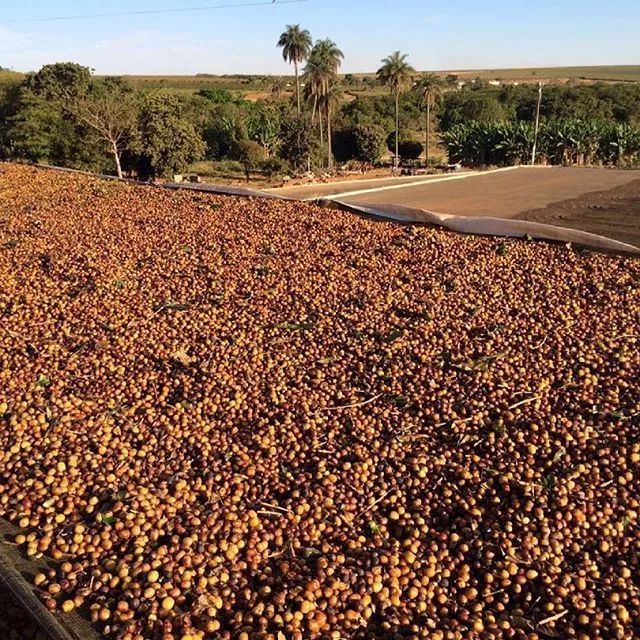
Cherry storage:
When stored, coffee cherries are placed in GrainPro bags to protect them from insects. Then store them in the warehouse to avoid direct exposure. The raised wooden courtyard kept the bag off the floor. The moisture content (60-65%) and temperature (19-25 ℃) in the warehouse should be carefully controlled.
It takes an average of three months to prepare coffee for export. During this time it will continue to stabilize, any herbal flavor will disappear, acidity and sweetness will continue to develop.
90 + Coffee is famous for its processing. But great coffee will not happen without a major investment. And the professional level is no exception.
Sidamo Coffee beans are grayish, thick in some places and small in others, with soft and strong acidity, mellow and sweet and spicy. It is one of the courtyard coffees in the highlands of southern Ethiopia. Unlike ordinary African coffee, Sidamo has clear acidity, smooth taste and delicate floral smell.
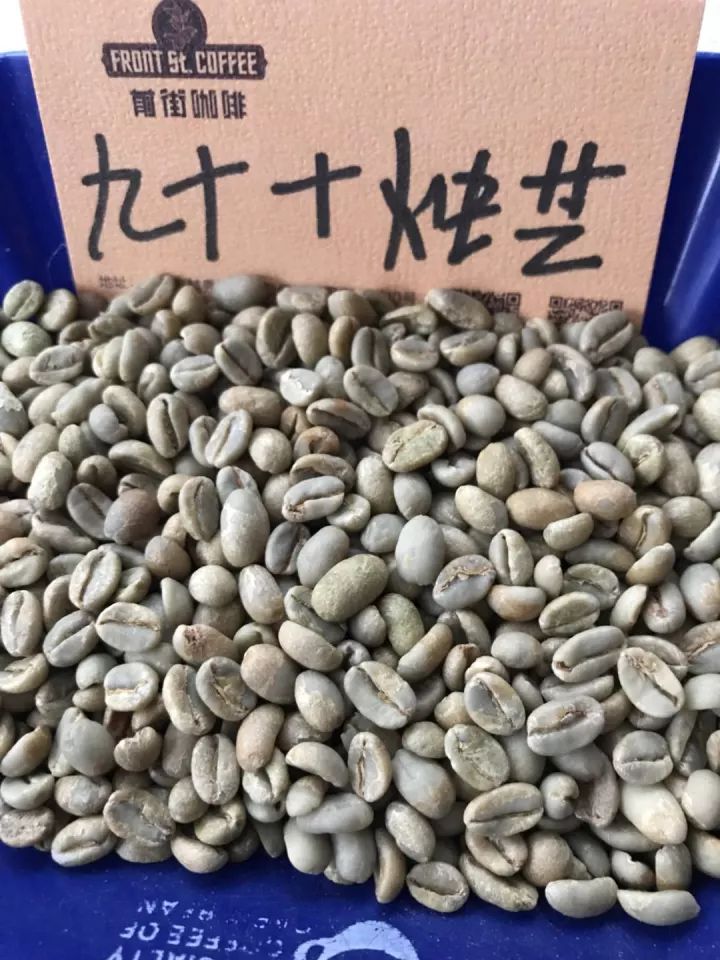
04 | Baking analysis
Beans with such a gorgeous flavor are certainly not suitable for deep baking, so the shallow slow roasting method of this coffee can best reflect its round and sweet, rich flower and fruit aromas.
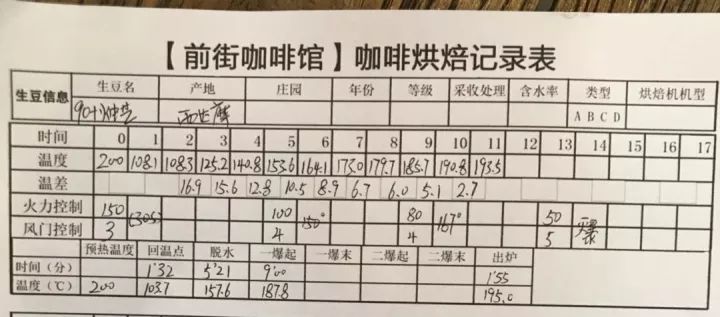
Roaster Yangjia 600g semi-direct fire
Using fast frying mode, the furnace temperature is 200 degrees Celsius into the pan, the throttle is set at 3 degrees Celsius for 30 seconds, the firepower is adjusted to 160 degrees, the throttle is unchanged, and the firepower is adjusted once at 150 degrees Celsius. At this time, the bean table turns yellow, the smell of grass disappears completely, dehydration is completed, the firepower is adjusted to 120 degrees, and the throttle is adjusted to 4.
In the 8th minute, ugly wrinkles and black markings appear on the bean table, and the smell of toast obviously changes to the smell of coffee, which can be defined as a prelude to an explosion. at this time, listen clearly to the sound of an explosion point, to 849 "start an explosion, adjust the firepower to 70 degrees, the throttle is fully open 5 (the firepower should be very careful, not so small as to be free of bursting sound), 1: 48" after an explosion, 195 degrees into the pot.
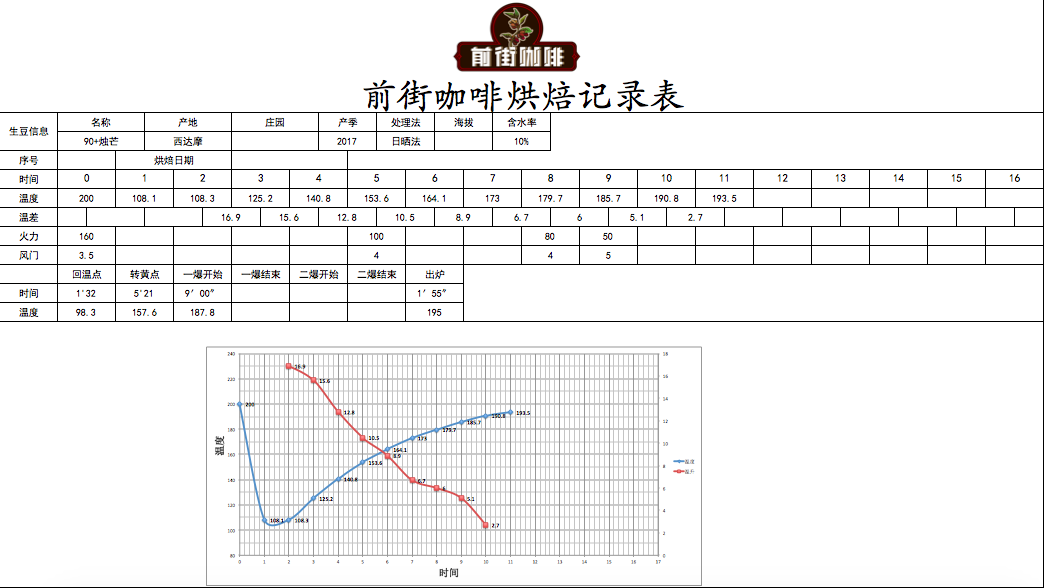
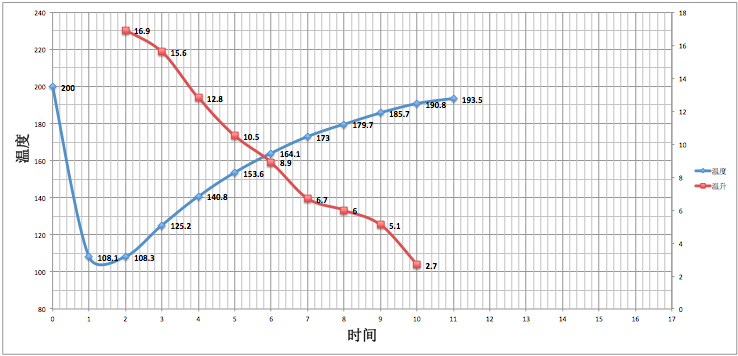
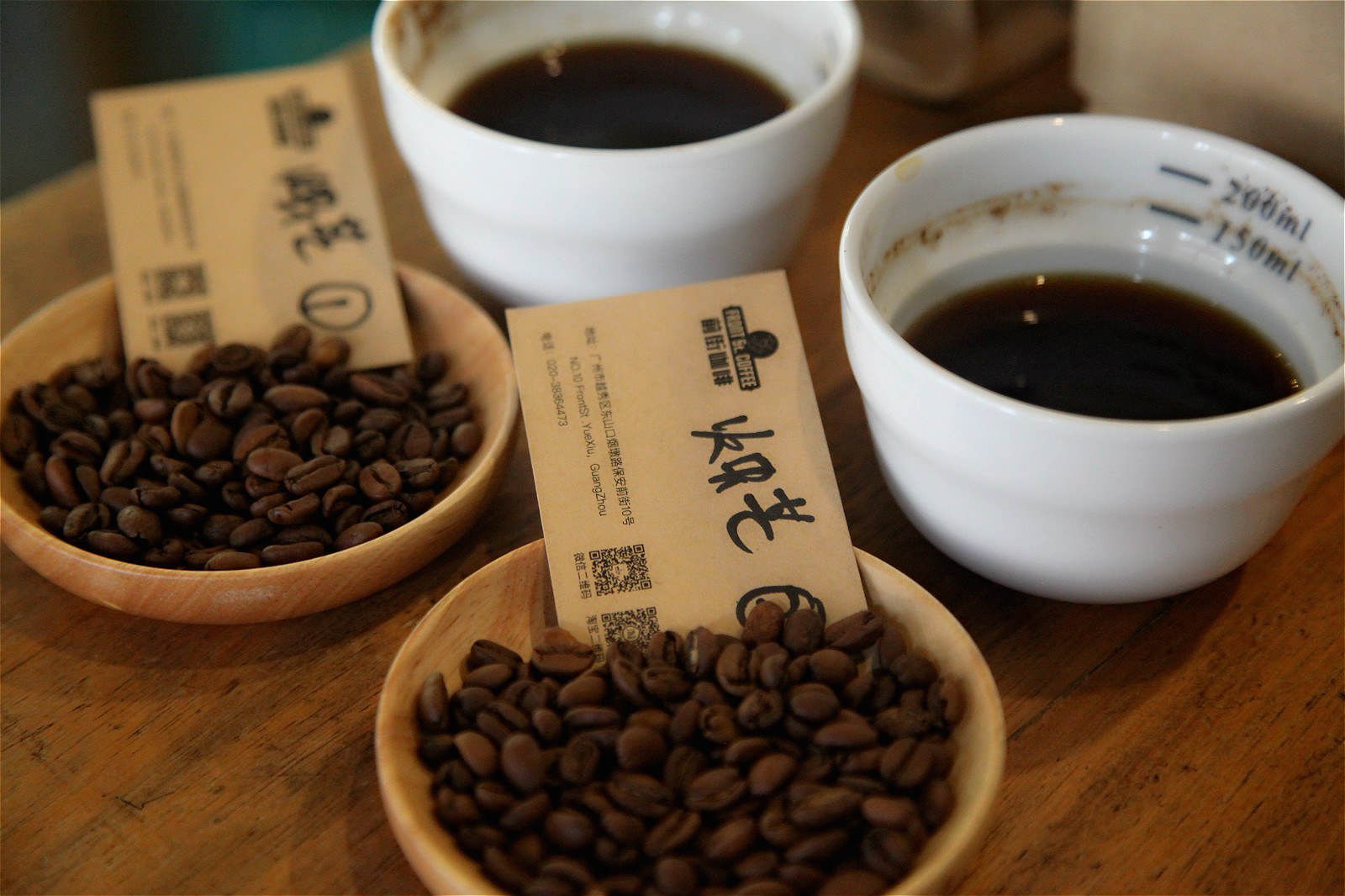
After optimization, the sweetness of the candle has been further improved, with a hint of citrus and vanilla, and the flavor of tropical fruits such as nectarine and mango is more obvious.
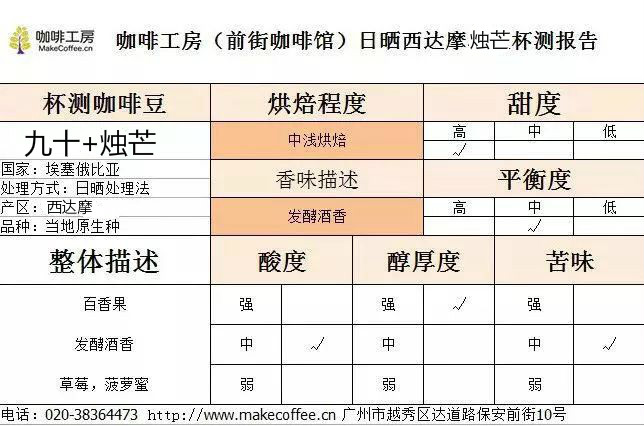
05 | Cooking analysis
[hand punching reference]
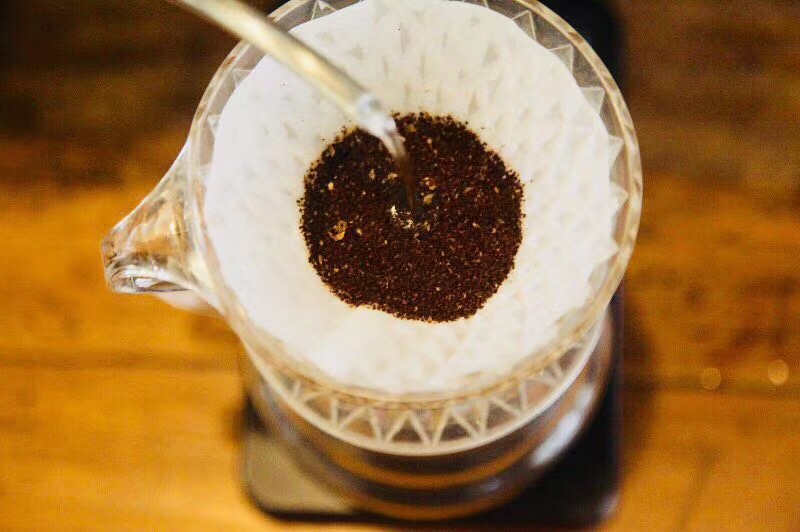
Use key home filter cup, 16 grams powder 32 grams of water steaming for 30 seconds, 89-90 degrees water temperature extraction, 1:15, fine grinding small Fuji 3.5 second water injection to 110ml cut off, wait for water drop and then slowly water injection, uniform speed, the water level should not be too high, again water injection to 233ml stop, extraction time 2:15 seconds ~ rich sun sweetness, we can fine-tune according to their own taste.
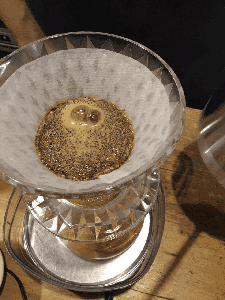
[siphon candle]
25 grams of powder with 310 grams of water
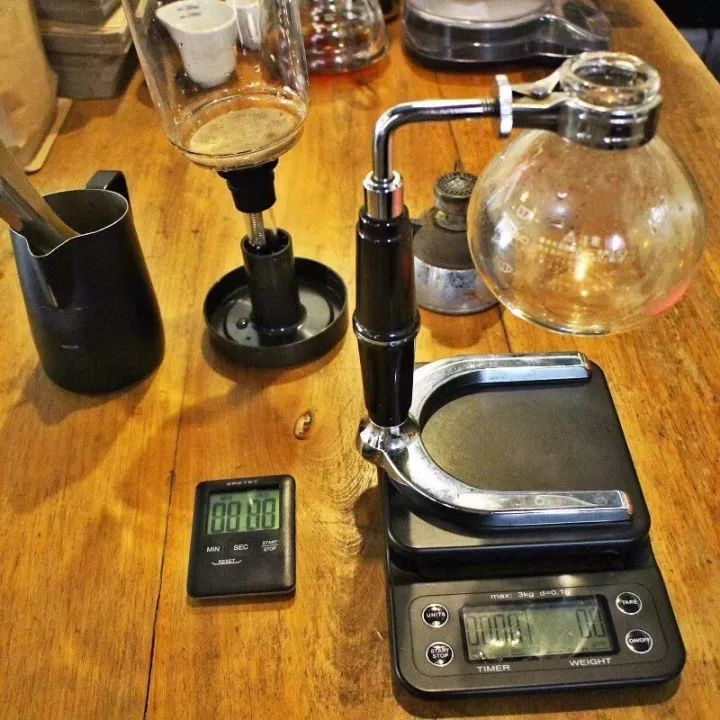
Small Fuji ghost teeth 4, medium grinding, fine sugar
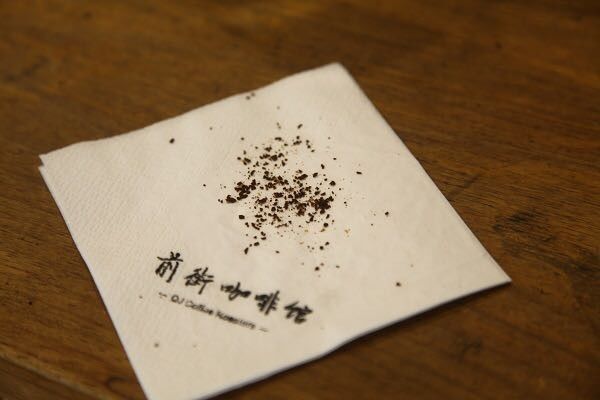
The water temperature is 90-91, turn off the heat, then add powder and stir for 3-5 times, then gently stir for 5 seconds.
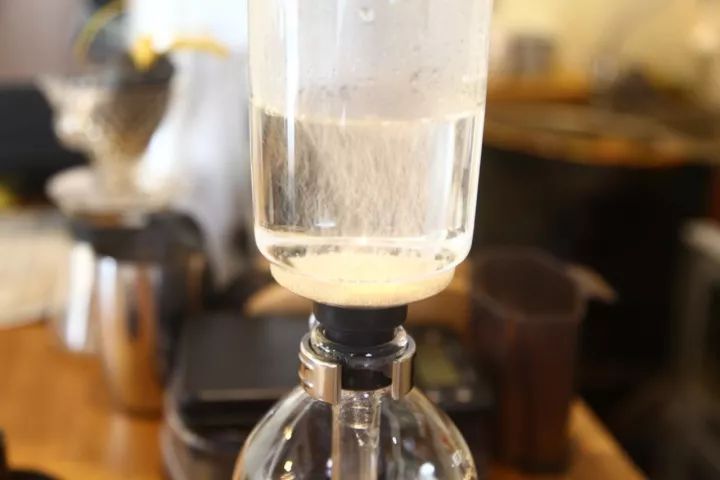
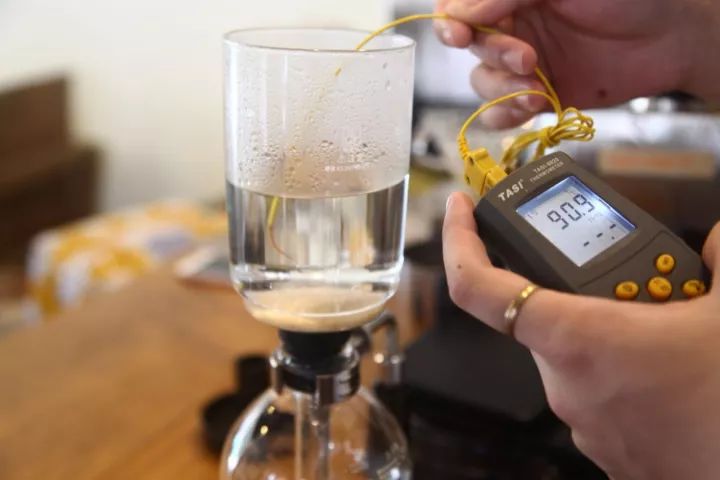
Flameout, rotate and stir again, fresh citrus flavor, rich taste, outstanding sweetness at the end, Huigan super awesome
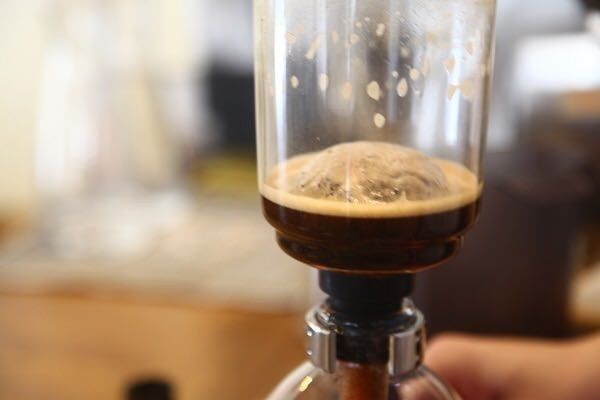
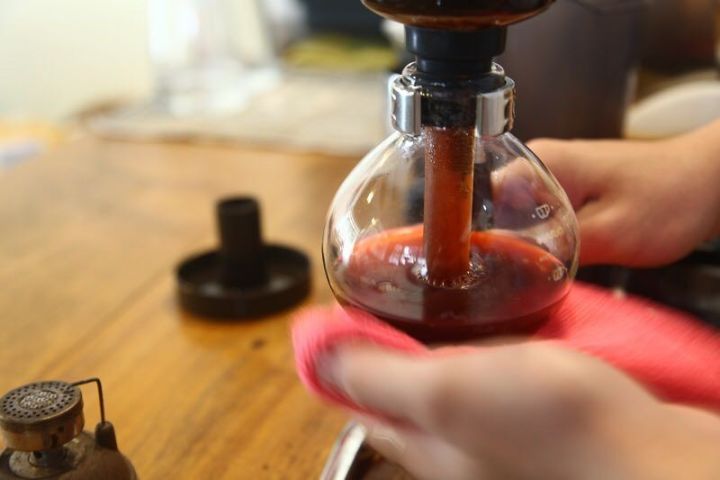
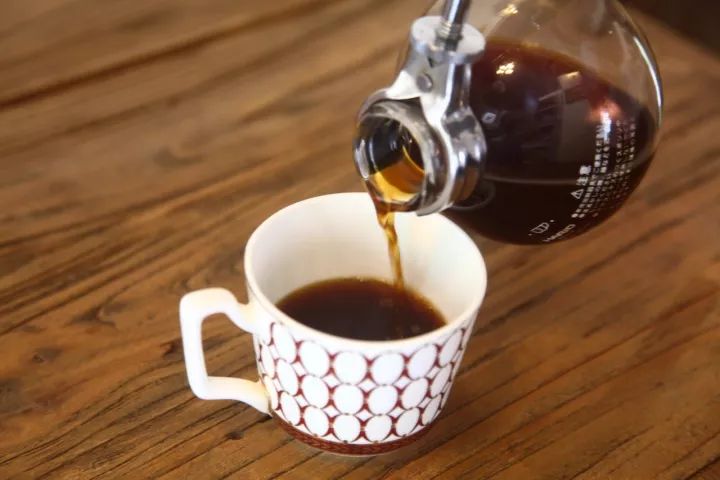
Qianjie 90 + Candlestick Sidamo insolation imported freshly roasted coffee beans pure black boutique coffee can be freshly ground
Taobao link: https://item.taobao.com/item.htm?spm=a1z10.5-c-s.w4002-15673140460.35.594226db6V60kM&id=539597297862
Important Notice :
前街咖啡 FrontStreet Coffee has moved to new addredd:
FrontStreet Coffee Address: 315,Donghua East Road,GuangZhou
Tel:020 38364473
- Prev
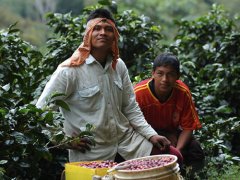
Introduction of Cole Kore Coffee from Ethiopia-Yega Coffee-Cochel Kochere producing area
For the exchange of professional baristas, please pay attention to the coffee workshop (Wechat official account cafe_style) Cole Kore belongs to the small high-altitude producing area within Kochere, and Kochere is an important producing area of YirgaChefe, ECX National Coffee Exchange, it is easy to find the coffee classification of Cochel Kochere area, which includes water washing and sun treatment categories! Cochel.
- Next
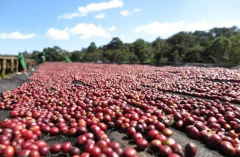
Raw bean analysis 90 + candle candle Sidama sunburn imported wholesale freshly baked boutique black coffee beans
For the exchange of professional baristas, please follow the coffee workshop (Wechat official account cafe_style) ETHIOPIA,SIDAMO, Drima Zede Sidamo 90 + Candlestick 01 | brief introduction of producing areas Sidamo grows between 4600-7200 feet above sea level in the southernmost Ethiopian plateau (Sidamo province). It is a famous boutique coffee area in southern Ethiopia, bordering Kenya and located in Kyrgyzstan.
Related
- Detailed explanation of Jadeite planting Land in Panamanian Jadeite Manor introduction to the grading system of Jadeite competitive bidding, Red bid, Green bid and Rose Summer
- Story of Coffee planting in Brenka region of Costa Rica Stonehenge Manor anaerobic heavy honey treatment of flavor mouth
- What's on the barrel of Blue Mountain Coffee beans?
- Can American coffee also pull flowers? How to use hot American style to pull out a good-looking pattern?
- Can you make a cold extract with coffee beans? What is the right proportion for cold-extracted coffee formula?
- Indonesian PWN Gold Mandrine Coffee Origin Features Flavor How to Chong? Mandolin coffee is American.
- A brief introduction to the flavor characteristics of Brazilian yellow bourbon coffee beans
- What is the effect of different water quality on the flavor of cold-extracted coffee? What kind of water is best for brewing coffee?
- Why do you think of Rose Summer whenever you mention Panamanian coffee?
- Introduction to the characteristics of authentic blue mountain coffee bean producing areas? What is the CIB Coffee Authority in Jamaica?

